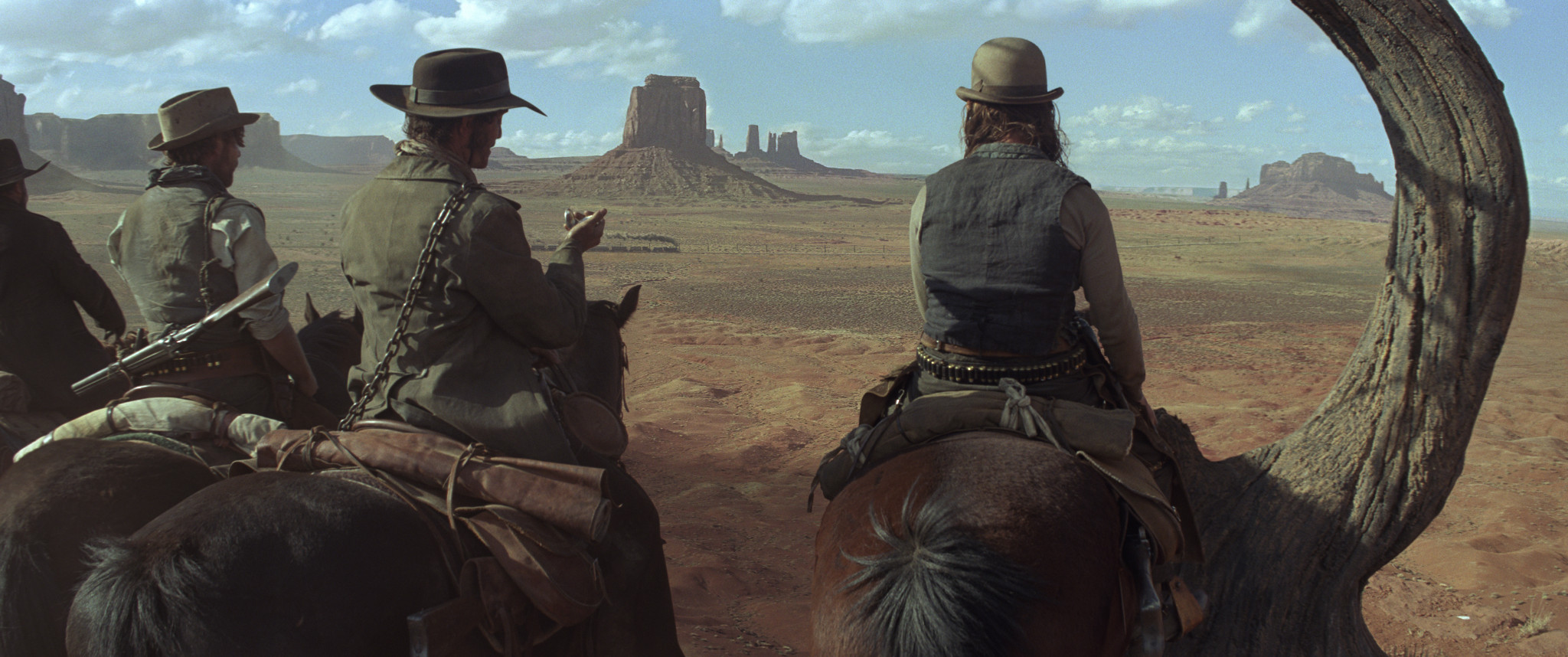
Good article on the VFX that cannot be easily spotted and what it took to creat them. Complete article here
Here are a few excerpts:
- ..the best part of the movie may be the one that most critics never noticed – or rather, never noticed had been created by human hands. Industrial Light & Magic contributed 375 visual effects shots to The Lone Ranger, almost all of them invisible, including photorealistic trains and environments.
- Although based on live background plates, Gore Verbinski directed ILM to make its digital environments “bigger and bolder” than reality, heightening the chase sequences’ sense of speed and drama.
- We did most of the asset build in 3ds Max, but it could be in ZBrush [or other packages] if we needed it; there were a variety of approaches. The texturing is a mix of photographic work and hand painting. There are certain shots that are more matte painter-ish and you need a matte painter’s eye to pull everything together, but we had terrific photo reference, and that keeps you honest.
The work I’m most proud of is probably going to be the work that people never recognise, and that’s because it’s invisible. I had people stopping me in the hall to say that they didn’t realise that the environments were CG until they happened to see the plates.

